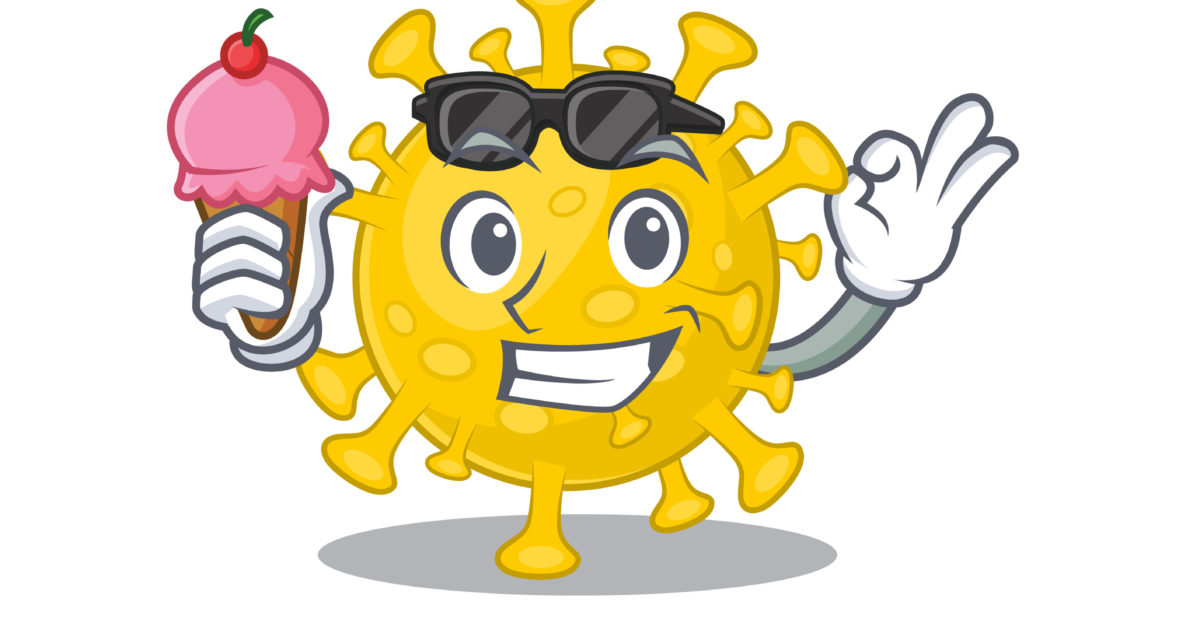

In the current coronavirus disease 2019 (COVID-19) pandemic, the main strategies to limit SARS-CoV-2 infection and spread included closing air travel and travel across borders, case and contact tracing, isolation or quarantine measures, implementation of social distancing, increased use of facial masks and other protective equipment, practicing diligent disinfection procedures, and implementation of strict lockdown measures. Interestingly, the days that both of these infections started coincided with major national public holidays. SARS in 2002/2003 and SARS-CoV-2 in 2019/2020 infections started in cold dry winter seasons.

Seven known coronaviruses infect humans and belong to Alphacoronaviruses and Betacoronaviruses, all of which are derived from animal sources.

Image Credit: Dragana Gordic / CoronavirusesĬoronaviruses (CoVs) cause respiratory and gastrointestinal infections in a variety of animals including birds, reptiles, amphibians, and mammals. Study: Coronavirus seasonality, respiratory infections and weather.

This study also provides information on the associations between weather parameters and seasonal coronavirus cases, which will contribute to the current understanding of the transmission of the severe acute respiratory syndrome coronavirus 2 (SARS-CoV-2). It is observed that coronavirus infections are more common in winter.Ī new study published in the journal BioMed Central Infectious Diseasesexamines the seasonality of respiratory infections in England and Wales. The survival of coronaviruses in the community is dictated by weather conditions. Shital Sarah Ahaley Ph.D Reviewed by Benedette Cuffari, M.Sc. The month with the most snow is January, with 0.1" of snow (0.3 cm).By Dr. In Corona, there's an average of 0.2" of snow (0 cm). There are an average of 37.0 days of precipitation, with the most precipitation occurring in January with 6.0 days and the least precipitation occurring in July with 0.0 days. The month with the least precipitation on average is June with an average of 0.0" (0 mm). The month with the most precipitation on average is February with 2.9" (73.7 mm) of precipitation. The average amount of precipitation for the year in Corona is 12.0" (304.8 mm). The lowest recorded temperature in Corona is 36.7☏ (2.6☌), which was recorded in January. The highest recorded temperature in Corona is 99.5☏ (37.5☌), which was recorded in August. The coolest month on average is December, with an average temperature of 54.5☏ (12.5☌). The warmest month, on average, is August with an average temperature of 77.1☏ (25.1☌). The average temperature for the year in Corona is 64.8☏ (18.2☌). The Köppen Climate Classification subtype for this climate is "Csa". Many of the regions with Mediterranean climates have relatively mild winters and very warm summers. Summers tend to be dry with less than one-third that of the wettest winter month, and with less than 30mm (1.18 in) of precipitation in a summer month. This climate zone has an an average temperature above 10☌ (50☏) in their warmest months, and an average in the coldest between 18 to -3☌ (64 to 27☏). Under the Köppen Climate Classification climate classification, "dry-summer subtropical" climates are often referred to as "Mediterranean".


 0 kommentar(er)
0 kommentar(er)
